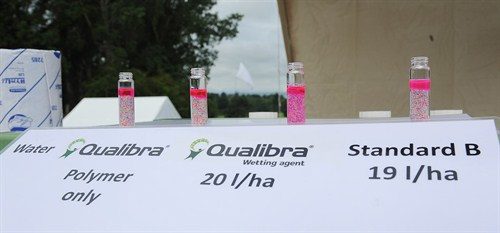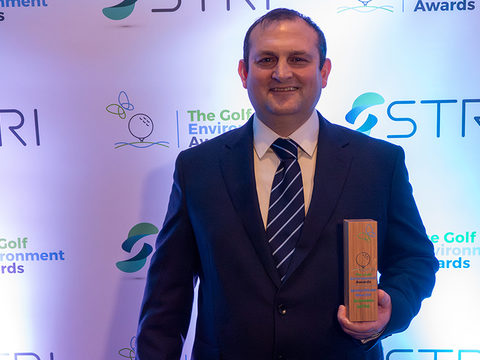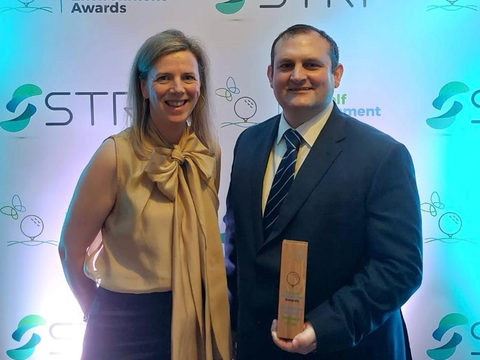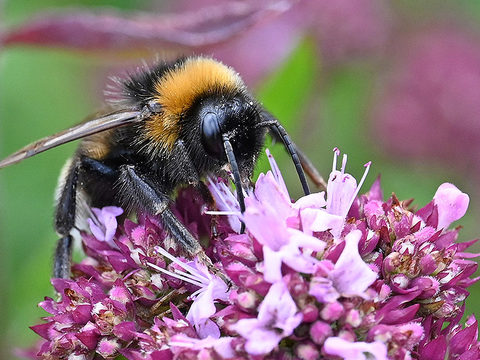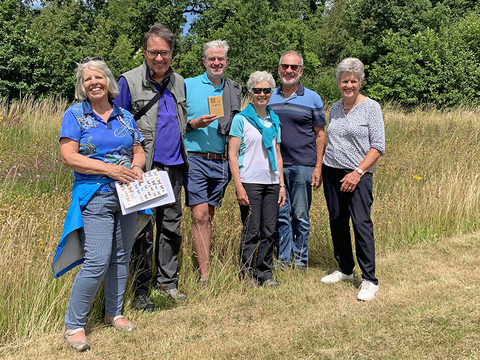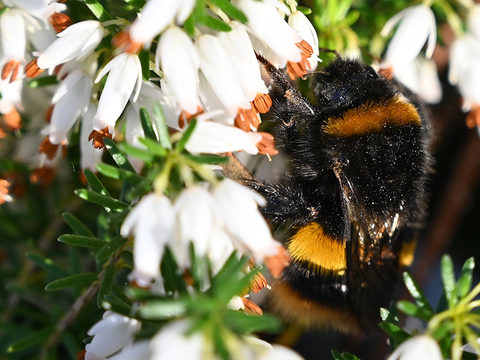GreenCast in UK and Ireland - Wetting agent use in the wet
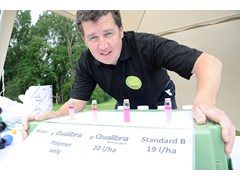
Many greenkeepers and agronomists have questioned the role of wetting agents in a season that has seen the wettest second quarter since 1860 and officially the highest June rainfall on record. Yet despite the persistent wet weather, trials with the new Qualibra wetting and water conservation agent has highlighted the beneficial effects of managing moisture deeply and evenly through the soil profile.
Undertaken at De Vere Carden Park Golf Club in Cheshire, as part of the Turf Science Live event organised by Syngenta, Everris and Jacobsen, the Qualibra programme demonstrated that surface water can be moved away quickly, to leave surfaces drier and firmer. Furthermore, the trial area showed that, despite the prolonged heavy rain, Qualibra was not holding excess moisture in the soil profile. In fact, the treated half of the green always had a lower moisture content than the untreated half.
Dr Simon Watson reported moisture readings over two days on a treated green, showed the Qualibra wetting agent facilitated water movement throughout the soil profile, with no accumulation of excess moisture at depths of 3.8, 7.6 or 12cm. Importantly, the standard deviation on the readings across the green was significantly less at all depths showing that moisture content was also less variable down through the soil profile following the Qualibra treatment.
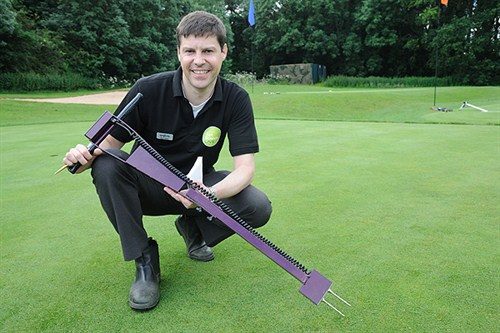
"At 7.6cm depth the average moisture was 23% in the Qualibra treated area, and 26% in the untreated," said Dr Watson (above). "However, the standard deviation on the Qualibra area was just 1.8, compared to 3.7 without treatment. That indicates moisture content is more consistent at this depth in the soil profile across the green." Maintaining a uniformly moist soil profile to depth will be more efficient at preventing Dry Patch, aiding root development and invigorating turf health and retain a consistent playing surface during dry periods.
Furthermore, checking the moisture levels on the Qualibra treated area at 7.6 cm depth at 30 minute intervals, on a dry morning following further overnight rain, initial measurements of 23% moisture quickly fell to as low as 15% within two hours without rainfall. "This highlights that, even after such prolonged wet weather, sand construction soil profiles can dry out very quickly during the summer months.
"It reinforces the importance of maintaining a wetting agent programme through wet periods. When you combine the penetrant action built-in with the moisture retaining capability of the polymer in Qualibra, you get the best attributes of both and the opportunity to encourage improved plant health and playing surface performance," he added.

The science of wetting agents explained
Formulation chemist and application specialist, Alan Cochran of Syngenta Jealott's Hill International Research Centre, explained that penetrant and polymer wetting agents perform in very different ways. "The penetrants are small, fast moving molecules that break surface tension and enable water to penetrate through the soil - especially hydrophobic soils that physically repel moisture droplets.
"Polymers, by contrast are relatively large and blocky. Their role is for the long carbon polymer chain to absorb onto soil particles, whilst the free hydrophilic ends grab and hold onto water molecules. The problem can arise where a block co-polymer effectively gets stuck on the soil surface and cannot move down, thus holding onto moisture at the surface and compounding the problem of preventing free water movement."
As part of over 200 dedicated formulation scientists employed by Syngenta globally, the Jealott's Hill team has selected two synergistic molecules that work in tandem; including a penetrant fraction that helps to get the polymer part into the soil profile, where it can then effectively hold required moisture deeply and evenly through the rootzone. The key has been to select the best two molecules from hundreds of thousands of possibilities, and to blend them in the optimum ratio to achieve the desired results in practice.
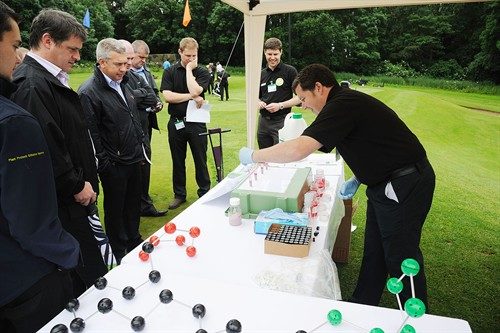
At Turf Science Live, Mr Cochran demonstrated the effect on hydrophobic sand, where pure water, the straight polymer faction of Qualibra and a commercial polymer wetting agent were all unable to overcome the hydrophobic nature of the sand and remained sitting on the surface without penetrating (below, left, second left and right). With the combined penetrant and polymer of the full Qualibra formulation, however, the hydrophobic sand was quickly wetted, and the mixture penetrated to leave the surface dry (mid-right). The integrated dye also showed that the Qualibra polymer was distributed and retained evenly through the sand particles.
